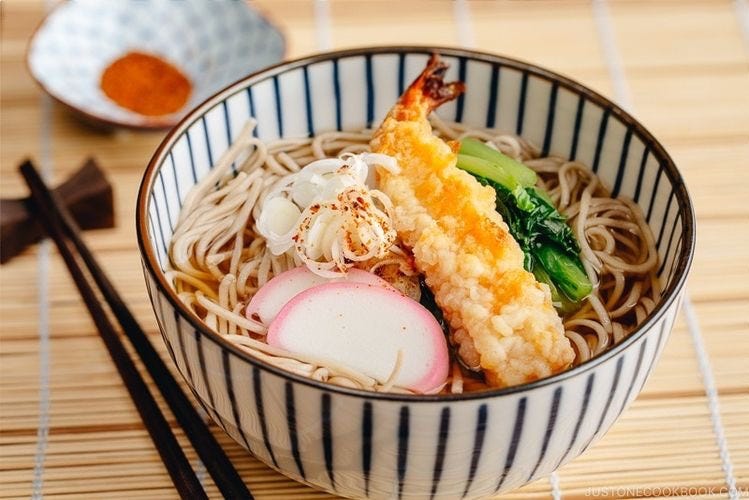Exploring the Fusion: 5 Japanese and Indian Dishes and Their Surprising Similarities

Japanese and Indian cuisines are renowned worldwide for their unique flavors, vibrant colors, and rich cultural heritage. While they may seem distinct at first glance, a closer examination reveals intriguing similarities between these culinary traditions. In this blog post, we will delve into the fascinating fusion of Japanese and Indian cuisines by highlighting five dishes that showcase their shared characteristics.
- Sushi and Masala Dosa: Sushi, a popular Japanese dish, and Masala Dosa, a staple of South Indian cuisine, may appear quite different, but they share certain striking similarities. Both dishes revolve around a starchy base wrapped around a flavorful filling. While sushi employs vinegared rice and various seafood or vegetables, masala dosa utilizes fermented rice and lentils with a spiced potato filling. Both dishes emphasize the combination of textures and flavors, delivering a satisfying culinary experience.
- Tempura and Pakoras: Tempura, a beloved Japanese dish, and pakoras, a classic Indian snack, are deep-fried delights that share a common ancestry. Both feature a batter-coated and deep-fried assortment of vegetables or seafood. Tempura showcases a light, crispy batter, while pakoras often incorporate chickpea flour, resulting in a slightly denser texture. These dishes exemplify the art of frying and highlight the use of seasonal ingredients to create irresistible, crunchy treats.
- Ramen and Biryani: Ramen, a soul-warming Japanese noodle dish, and biryani, a fragrant rice-based dish from India, demonstrate the culinary prowess of each culture. Ramen is characterized by its long-simmered broth, tender noodles, and an array of toppings. Similarly, biryani boasts aromatic rice layered with meat, vegetables, and a medley of spices. Both dishes require patience and skill to achieve a harmonious blend of flavors, making them comforting and satisfying meals.
- Yakitori and Tandoori: Yakitori, a Japanese grilled chicken skewer dish, and tandoori, a popular method of cooking in Indian cuisine, share the art of barbecue. Yakitori involves skewering small pieces of chicken and grilling them over charcoal, often brushed with a savory glaze. Tandoori, on the other hand, involves marinating meat, typically chicken or lamb, in a mixture of yogurt and spices before being cooked in a traditional clay oven. Both dishes celebrate the smoky, charred flavors imparted by grilling and are enjoyed with flavorful sauces or chutneys.
- Mochi and Gulab Jamun: Mochi, a Japanese rice cake made from glutinous rice, and gulab jamun, a popular Indian sweet, are delightful treats with surprising similarities. Mochi features a chewy texture and is often filled with sweetened bean paste or fruit flavors. Gulab jamun, on the other hand, consists of deep-fried milk solids soaked in a fragrant sugar syrup. Both desserts showcase the use of simple ingredients transformed into mouthwatering sweets, symbolizing joy and celebration in their respective cultures.
While Japanese and Indian cuisines are distinct and unique in their own right, exploring their culinary landscape reveals fascinating parallels and shared characteristics. Whether it’s the art of wrapping, frying, simmering, grilling, or creating delectable desserts, these five dishes demonstrate the unexpected connections between these two rich culinary traditions. Embracing the fusion of flavors and techniques from different cultures expands our culinary horizons and deepens our appreciation for the diverse world of food.
Picture Courtesy: Google/images are subject to copyright








